#History #Painted #Furniture
Painted furniture has captivated the imagination of designers and homeowners for centuries, serving as a harmonious blend of utility and artistic expression. From vibrant folk motifs to the grandeur of aristocratic salons, painted furniture embodies the cultural and historical diversity of Europe. This art form not only reflects the aesthetic trends of different periods but also preserves the narratives of the people who created and cherished these pieces. Let’s delve deeper into the evolution of European painted furniture and its enduring charm.
Origins of painted furniture: Function Meets Decoration
The tradition of painted furniture can be traced back to medieval Europe, where practicality and creativity merged. Furniture was primarily made of wood, a material vulnerable to wear, weather, and pests. Painting the surfaces served as both protection and embellishment, transforming otherwise utilitarian items into decorative pieces that enlivened homes.
In dimly lit interiors, vibrant paints offered a splash of color and brightness. Early designs were often simple, reflecting the natural world and religious influences. Geometric patterns, floral motifs, and depictions of saints or biblical scenes adorned everything from chests to cabinets. These pieces were not merely objects of beauty but also conveyed the values and beliefs of their time.
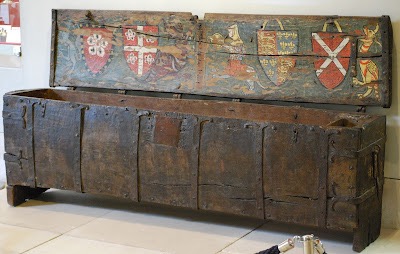
The Renaissance and Baroque Eras: Opulence Unleashed
The Renaissance, spanning from the 14th to the 17th centuries, ushered in a period of artistic rebirth. Painted furniture began to reflect the refined tastes of Europe’s emerging elite. Wealthy patrons commissioned master artisans to decorate cabinets, chests, and tables with intricate scenes drawn from mythology, literature, and landscapes.
Trompe-l’œil, a technique that creates the illusion of three-dimensional depth, became especially popular. Furniture adorned with these lifelike paintings transformed interiors into immersive artistic spaces. Gilded accents were often added to highlight opulent details, particularly in Italy and France.
The Baroque period, which followed in the 17th century, took this opulence to new heights. Baroque furniture featured bold colors, dramatic contrasts, and lavish ornamentation. Painted surfaces became larger canvases for storytelling, showcasing grandiose designs that reflected the era’s emphasis on power and extravagance.
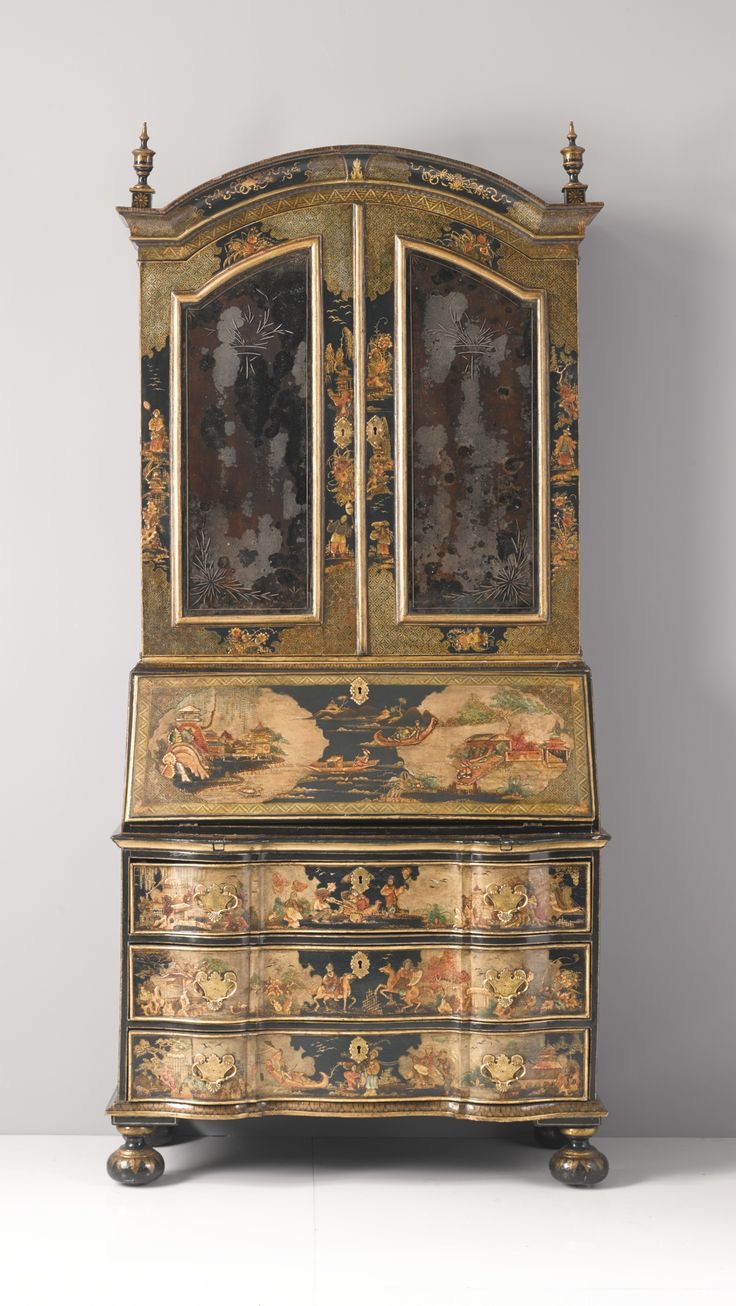

The Rococo and Neoclassical Movements: Elegance Refined
As the 18th century progressed, the Baroque style gave way to the lighter, more playful Rococo aesthetic. Painted furniture from this period often featured pastel tones, asymmetrical curves, and whimsical themes. Delicate floral motifs, cherubic figures, and idyllic pastoral scenes became hallmarks of Rococo design.
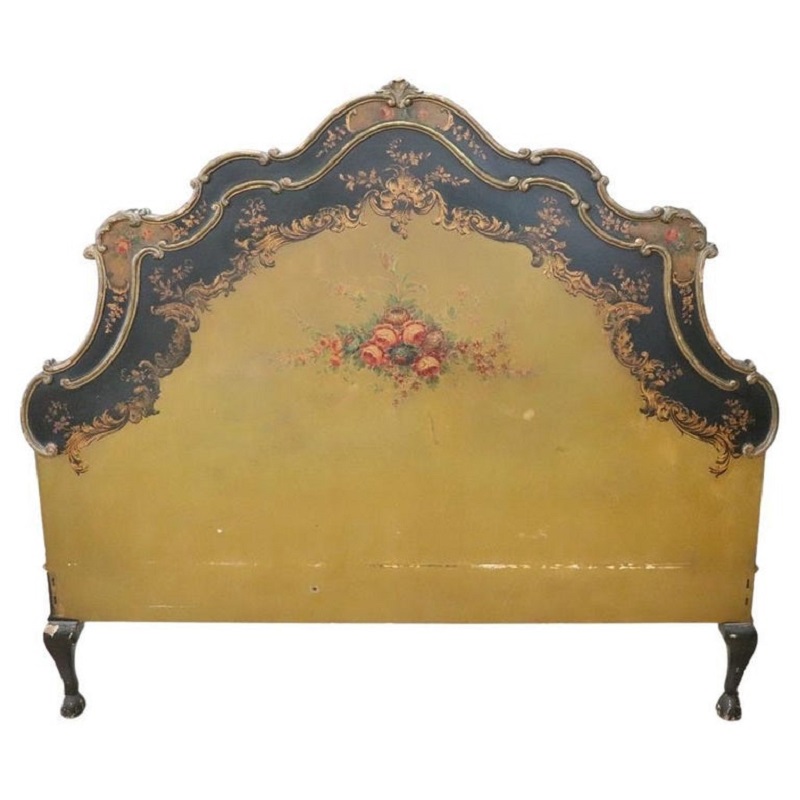

Rococo pieces prioritized elegance and intimacy, fitting seamlessly into the salons and boudoirs of European aristocracy. The soft, hand-painted details on furniture mirrored the intricate embroidery of textiles and the delicate flourishes of decorative arts.
By the late 18th century, Neoclassicism emerged, drawing inspiration from the clean lines and symmetry of ancient Greek and Roman art. Painted furniture adopted a more restrained and formal aesthetic. Designs featured muted tones, such as soft whites, grays, and pale blues, adorned with classical motifs like laurel wreaths, garlands, and columns.


Scandinavia became a hub for this style, giving rise to Gustavian painted furniture, which remains highly sought after for its understated elegance and timeless appeal. The Gustavian palette, characterized by muted colors, complemented the natural light of northern European interiors, creating serene and harmonious living spaces.
Folk Traditions: Vibrant Expressions of Local Identity
While aristocratic furniture leaned toward refinement and sophistication, rural communities developed their own distinct painted furniture traditions. In regions such as the Alps, Scandinavia, and Eastern Europe, peasant artisans crafted colorful, functional pieces that reflected local customs and values.
Bright floral patterns, hearts, and animals often decorated chests, wardrobes, and benches. These motifs carried symbolic meanings—flowers represented growth and vitality, while hearts symbolized love and devotion. Folk-painted furniture was often created to mark significant life events, such as weddings or births, making each piece deeply personal and culturally significant.
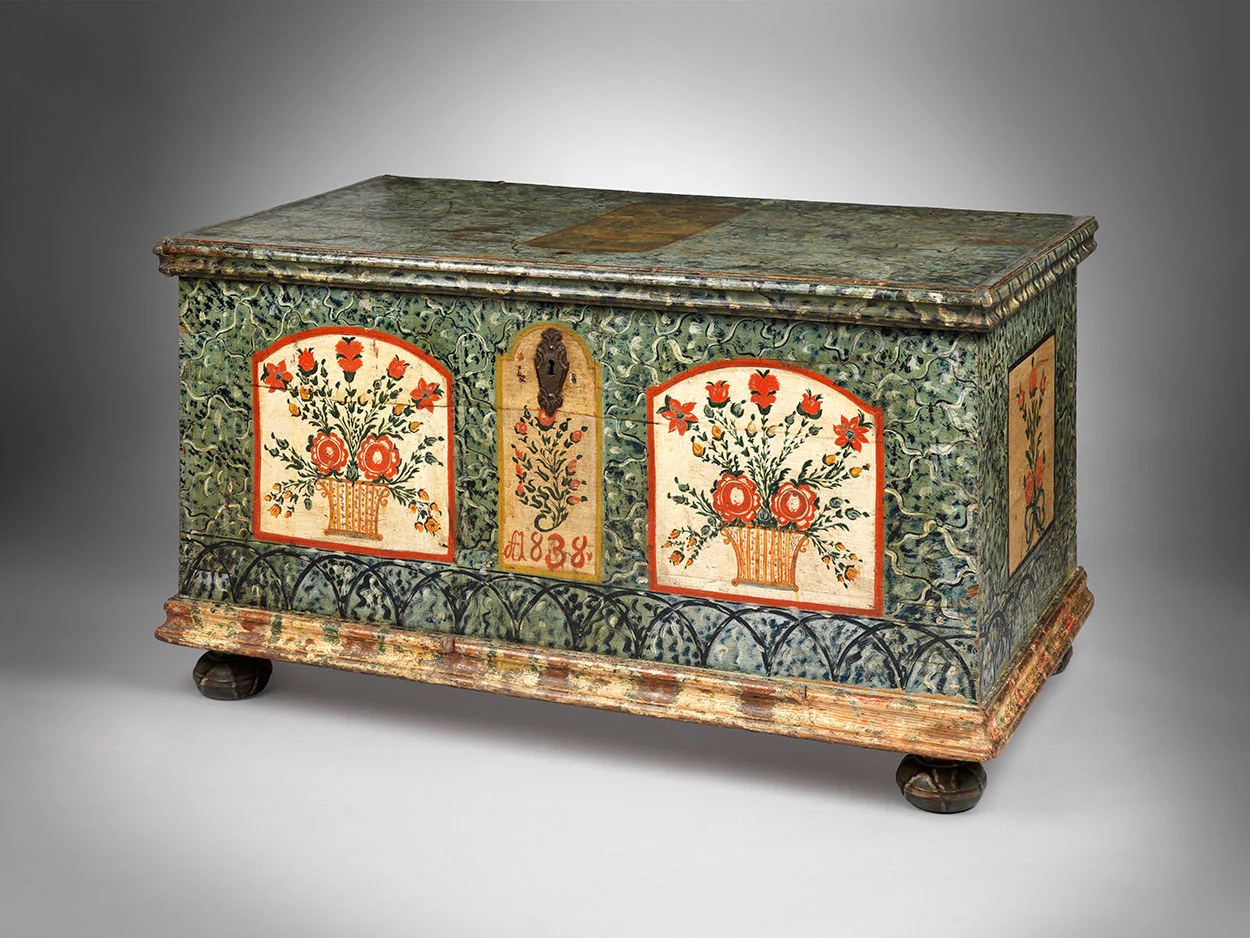

These vibrant, hand-painted pieces were passed down through generations, preserving regional identities and craftsmanship. Today, they offer a glimpse into the lives of everyday people who found joy and meaning in artistic expression.
The 19th and 20th Centuries: Revival and Reinvention
The 19th century witnessed a revival of interest in painted furniture as part of the Romantic movement, which idealized the past and celebrated craftsmanship. Artisans revisited historical styles, blending traditional techniques with modern innovations.
The Arts and Crafts movement, which emerged in the late 19th century, emphasized the value of hand-painted furniture as a reaction against the industrialization of design. Artists like William Morris championed the return to artisanal methods, producing painted pieces that highlighted natural forms and meticulous detail.
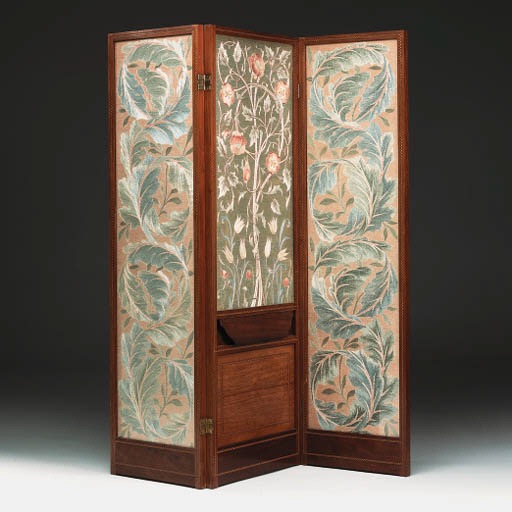

In the 20th century, painted furniture became a medium for avant-garde experimentation. Artists and designers from movements such as Art Nouveau, Art Deco, and even mid-century modern explored the fusion of fine art and functional design. Painted furniture during this era pushed boundaries, combining traditional motifs with bold, contemporary aesthetics.
The Enduring Charm of Painted Furniture
In the 21st century, painted furniture continues to captivate collectors, designers, and homeowners alike. Whether it’s a rustic Alpine bench, a Gustavian chest, or a whimsical mid-century cabinet, painted furniture offers a unique way to bring art into everyday life.
For collectors, painted furniture serves as a tangible connection to the past. Each piece tells a story—not just of its maker, but of the era and culture in which it was created. The brushstrokes, patterns, and colors reflect the artistic trends and societal values of their time, transforming these objects into historical artifacts.
For homeowners, painted furniture adds depth and character to modern interiors. A single antique painted piece can serve as a focal point in a contemporary room, bridging the gap between tradition and innovation. With the growing emphasis on sustainable and personalized design, incorporating antique painted furniture aligns perfectly with today’s interior trends.
Discover unique antique and vintage furniture pieces on Styylish. Each item has been carefully curated to bring European artistry into your home.


